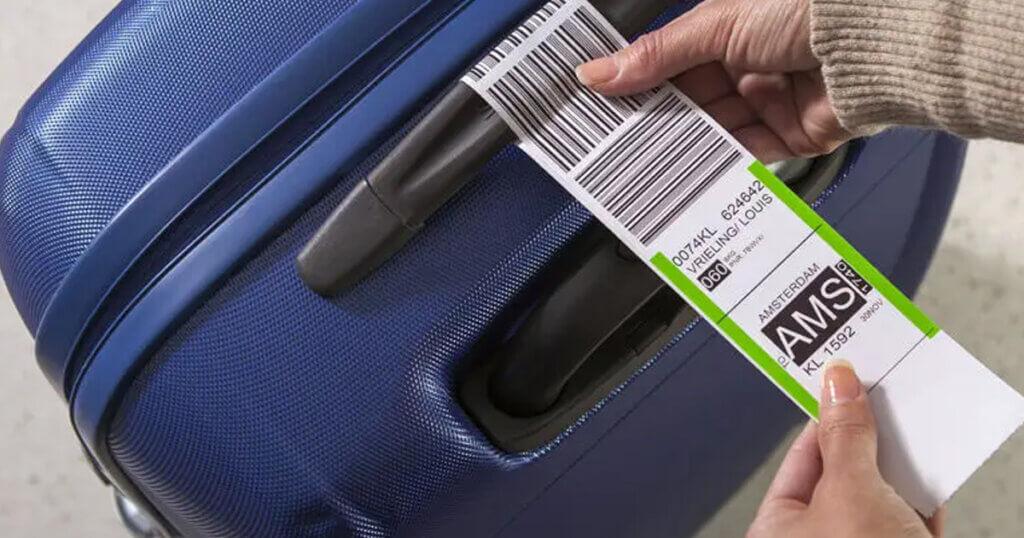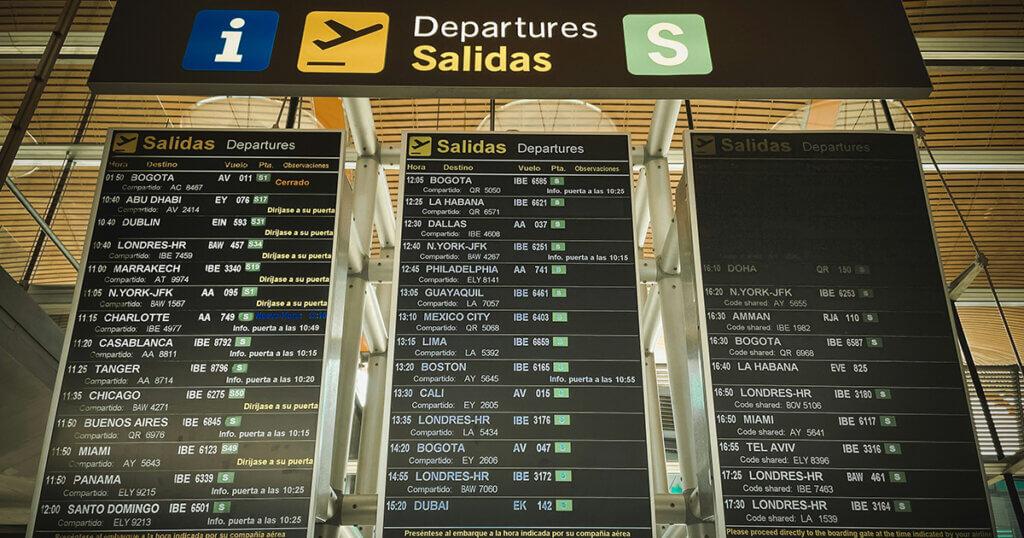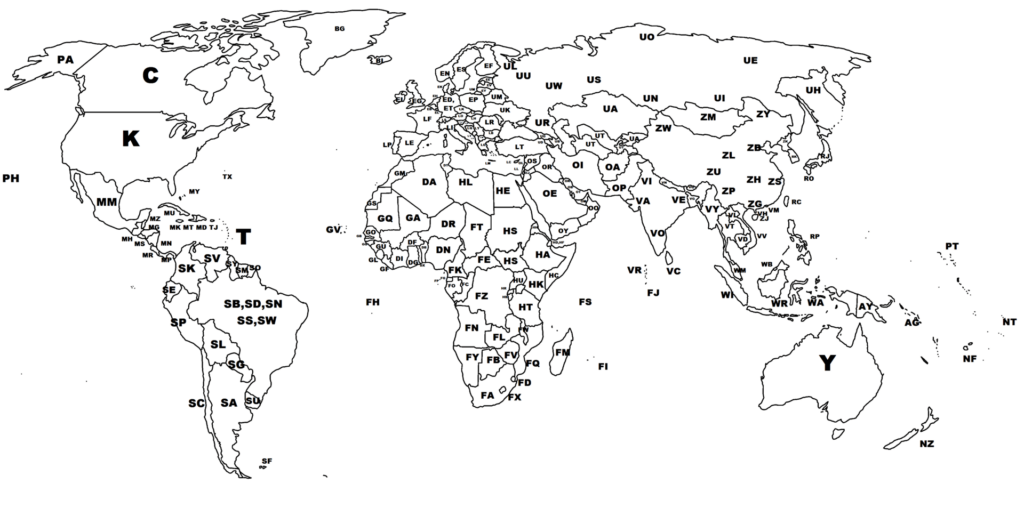- (+34) 913 09 43 73
- info@worldaviationato.com
- Mon - Fri: 9:00 - 20:00
Airports, those vast complexes that connect people all around the world, are uniquely identified by specific codes. But have you ever wondered how these codes are structured or what exactly they mean? In this post, we will break down the two main types of airport codes: IATA and ICAO, and explore their importance, especially for pilots.
Each airport around the globe is assigned with a unique code which is used for its quick and accurate identification in flight documentation, crew scheduling and in everything related to the air operation.
These codes, with their standardized system, provide an efficient and secure way to identify, track and manage cargo, baggage, passengers, and the aircraft itself throughout the whole transportation process. They are essential in aviation as they ensure that both plane and passengers as well as their luggage are properly managed.
There are two types of airport codes: the IATA (International Air Transport Association) codes and the ICAO (International Civil Aviation Organization) codes. We must not confuse one with the other as their purpose is different.
In 1947, the International Air Transport Association (IATA) developed a series of three-letter codes to be assigned to each airport in order to standardize all airports nomenclature for commercial purposes and, thus, facilitate the flight booking process. The intention was for each airport to have its own IATA code for unambiguous identification, but the continuous growth of the sector has caused that, of the slightly more than 20,000 IATA codes that exist, about 300 are repeated.
Currently, IATA codes are used all over the world and are recognized by most airlines and travel agencies.
IATA codes are usually derived from the first letters of the city or airport, although there may be exceptions. For example, the code for Madrid-Barajas Airport is “MAD”, while that for A Coruña is “LCG”.

Spain, with its vast airports network, offers a long list of IATA codes representing both its cities and its main points of entry and exit by air. These codes are essential for travelers, airlines, and logistics operators, simplifying travel planning and air transport management.
Below we can find some of the most significant IATA codes in Spain, followed by a selection of codes from some of the most important airports in the world:
These codes not only facilitate travel planning but are also crucial for air transport logistics nationwide. Airports can be easily identified through these IATA codes what contributes to a more efficient and smooth travel experience.
for passengers and cargo alike.

The IATA codes for these international airports are globally recognized and play a vital role in world air connectivity. From handling millions of passengers, a year to transporting significant amounts of cargo, these airports are very important hubs for the international aviation.
The ICAO code is a four-letter series assigned to each airport in the world that provides somewhat more detailed information than the IATA code, being essential in-flight planning and air operations.
These codes were developed by the International Civil Aviation Organization (ICAO) to create a unique designation of each airport worldwide to facilitate communications between air traffic controllers and pilots. They are mainly used for air navigation, air traffic control (communication between controllers and pilots), airline operations (flight planning) and for identification purposes in aviation records.
Unlike IATA codes, which are public, of general knowledge and are used for airline whiteboards, reservations and luggage, ICAO codes are also used to identify other locations such as weather stations or Area Control Centers.
ICAO codes have a regional structure (they are divided into “sections” of the world), are not duplicated, and consist of a letter that identifies the geographical region followed by three others that specify the airport in question. For example, the ICAO code for Barcelona El Prat Airport is “LEBL”, London Heathrow “EGLL” or New York J.F. Kennedy “KJFK”. In each of them the first letter indicates the region of the globe in which they are located.

To know and understand the IATA and ICAO codes is a essential task for pilots as they are not only fundamental for navigation and flight planning but also guarantee the safety and efficiency of air operations when communications with different air traffic control centres along each route is a regular routine. Being familiar with airport codes is a basic skill to plan and execute flights in a successful and safe way.
At World Aviation Flight Academy, we train our pilots to be experts both in handling aircrafts and in understanding and using everything related to flight operation and its execution with the highest safety standards, preparing them to face any challenge in their career.
Next time you plan a trip or simply observe a plane ticket, remember the importance of these codes. They are a fundamental part of the complex network that makes global aviation possible.
At World Aviation, we teach you to navigate through this world with confidence and determination, providing our students with all the necessary knowledge to excel in their career as a pilot.
Ready to take off to your dream of flying? World Aviation Flight Academy is the right place to start!!
You will be up to date with the news at World Aviation Group.